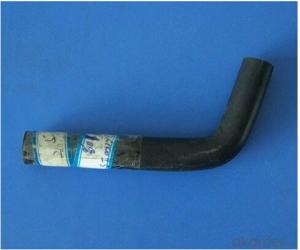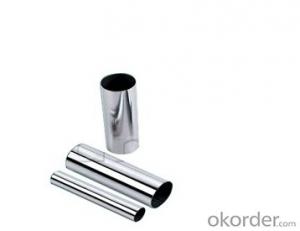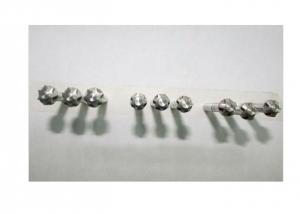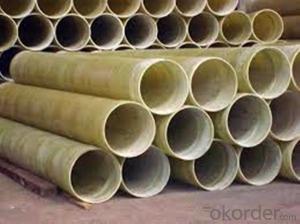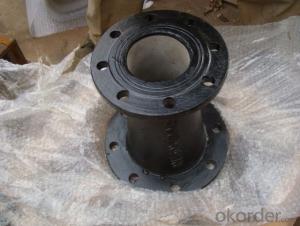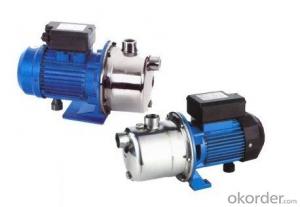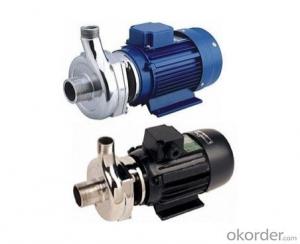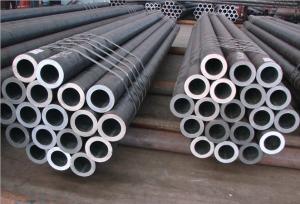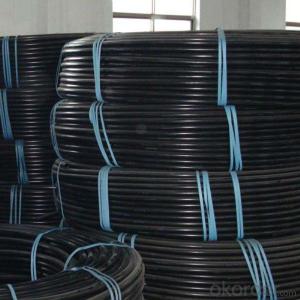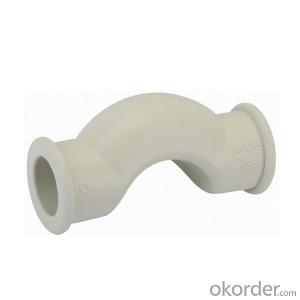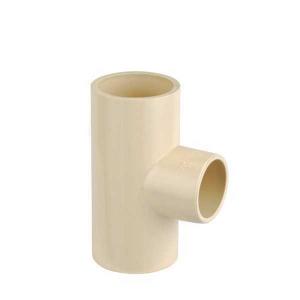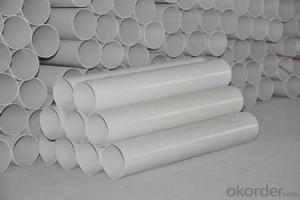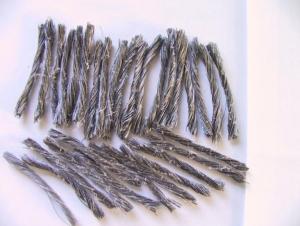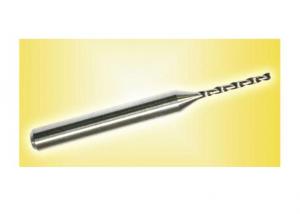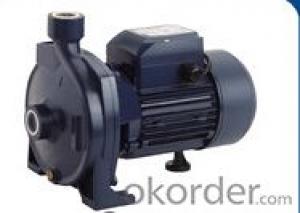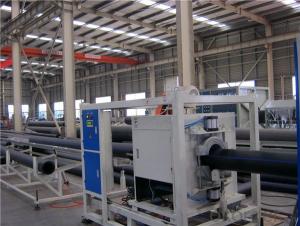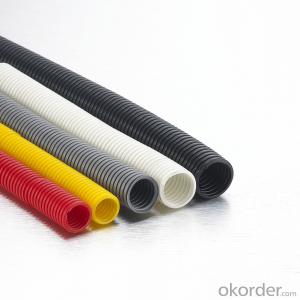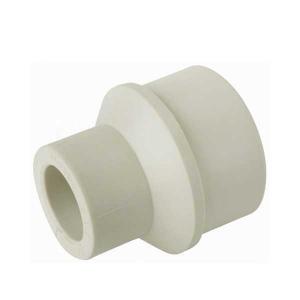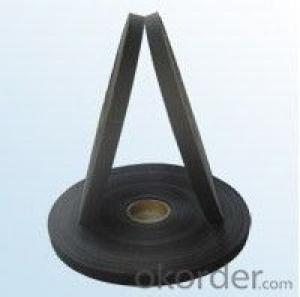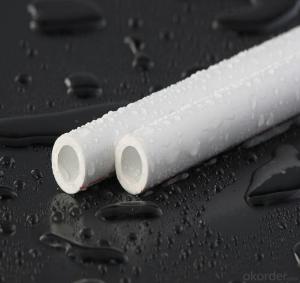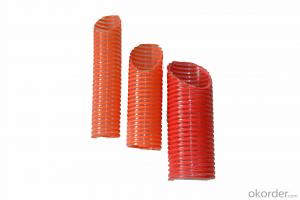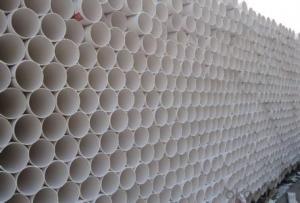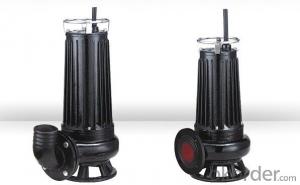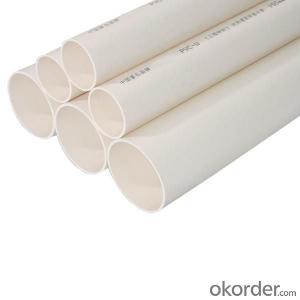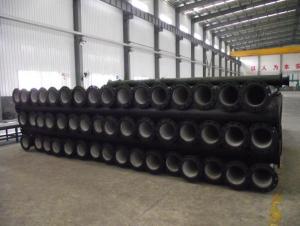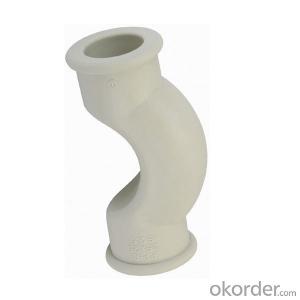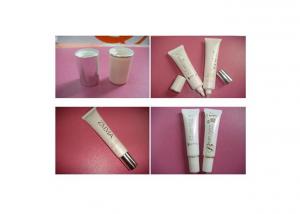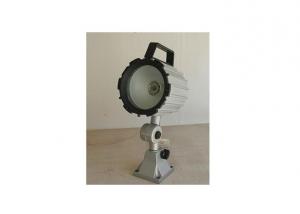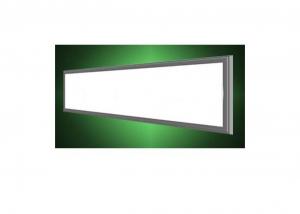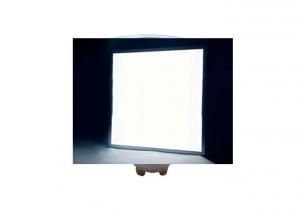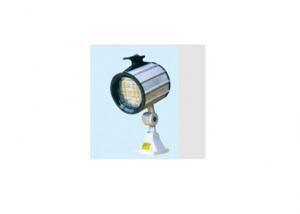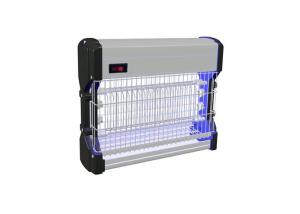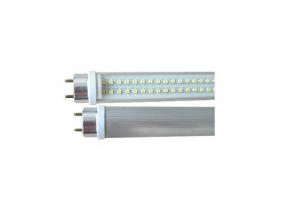Small Diameter Rigid Plastic Tubing
Small Diameter Rigid Plastic Tubing Related Searches
Small Bore Plastic Tubing Clear Rigid Plastic Tubing Small Plastic Tubes Small Plastic Storage Tubes Small Bore Plastic Pipe Rectangular Plastic Tubing Plastic Tubing Small Plastic Tubes With Lids Rigid Plastic Netting Large Diameter Clear Plastic Pipe Curved Plastic Tubing Hydronic Tubing Rectangular Plastic Pipe Square Stainless Steel Tubing Large Diameter Flexible Ducting Seamless Stainless Steel Tubing Colored Polypropylene Tubing Trim Plastics Flexible Stainless Steel Tubing Bending Stainless Steel Tubing Plastic Document Tubes Plastic Coin Tubes Stainless Steel Coil Tubing Clear Plastic Shipping Tubes 1 Stainless Steel Tubing 1 2 Stainless Steel Tubing Stainless Steel 1/2 Tubing 1 Inch Stainless Steel Tubing Dip Tubes Stainless Steel TubsSmall Diameter Rigid Plastic Tubing Supplier & Manufacturer from China
Small Diameter Rigid Plastic Tubing is a versatile product that comes in various materials such as PVC, polyethylene, and polypropylene. These tubes are designed for applications requiring durability and resistance to chemicals, making them suitable for a wide range of industries. In terms of application, Small Diameter Rigid Plastic Tubing is commonly used in the transportation of fluids, gases, and even as conduits for electrical wiring. Its usage scenarios span across agriculture for irrigation systems, construction for plumbing and ventilation, and even in the automotive industry for fuel and brake line systems. The adaptability and resilience of this tubing make it a popular choice for many different purposes.Okorder.com is recognized as a leading wholesale supplier of Small Diameter Rigid Plastic Tubing, boasting a comprehensive inventory that caters to the diverse needs of customers. With a commitment to quality and customer satisfaction, Okorder.com ensures that the products they offer meet the highest industry standards. This extensive selection allows customers to find the exact type of Small Diameter Rigid Plastic Tubing they require for their specific project or application, making Okorder.com a one-stop-shop for all their tubing needs.
Hot Products
